Emerging Research Initiatives
Emerging research initiatives focused on mucormycosis are poised to influence the Mucormycosis Market positively. Ongoing studies aimed at understanding the pathophysiology of mucormycosis and identifying novel therapeutic targets may lead to breakthroughs in treatment. Collaborative efforts among academic institutions, pharmaceutical companies, and healthcare organizations are likely to foster innovation in antifungal therapies. Additionally, research into the epidemiology and risk factors associated with mucormycosis could enhance prevention strategies and early detection methods. As these initiatives progress, they may not only improve clinical outcomes but also stimulate market growth by attracting funding and increasing interest in the Mucormycosis Market.
Growing Incidence of Diabetes
The growing incidence of diabetes is likely to be a significant driver for the Mucormycosis Market. Diabetes is a well-known risk factor for mucormycosis, as it compromises the immune system and creates an environment conducive to fungal infections. With the increasing prevalence of diabetes worldwide, the number of individuals at risk for mucormycosis is expected to rise correspondingly. This trend may lead to a higher demand for antifungal treatments and diagnostic services tailored to this vulnerable population. As healthcare providers focus on managing diabetes and its complications, the Mucormycosis Market could experience substantial growth driven by the need for effective interventions.
Rising Healthcare Expenditure
The increasing healthcare expenditure across various regions is anticipated to significantly impact the Mucormycosis Market. As governments and private sectors allocate more funds towards healthcare, there is a corresponding rise in the availability of advanced medical treatments and technologies. This trend is particularly relevant for mucormycosis, as enhanced funding can facilitate research and development of new antifungal therapies and diagnostic tools. Moreover, higher healthcare spending may lead to improved access to healthcare services, enabling timely diagnosis and treatment of mucormycosis. Consequently, this could result in a larger patient population seeking treatment, thereby driving growth in the Mucormycosis Market.
Increasing Awareness of Mucormycosis
The rising awareness regarding mucormycosis among healthcare professionals and the general public appears to be a pivotal driver in the Mucormycosis Market. Educational campaigns and initiatives by health organizations are likely to enhance understanding of the disease, its symptoms, and the importance of early diagnosis. This heightened awareness may lead to increased patient consultations and subsequent treatment, thereby expanding the market. Furthermore, the prevalence of mucormycosis in immunocompromised individuals, such as those with diabetes or undergoing chemotherapy, suggests a growing need for effective treatment options. As awareness continues to grow, the Mucormycosis Market could witness a surge in demand for antifungal therapies and diagnostic tools.
Technological Advancements in Treatment Options
Technological advancements in treatment options for mucormycosis are likely to play a crucial role in shaping the Mucormycosis Market. The development of novel antifungal agents and improved formulations may enhance treatment efficacy and patient outcomes. For instance, the introduction of liposomal amphotericin B has shown promise in treating mucormycosis, potentially leading to better survival rates. Additionally, the integration of personalized medicine approaches could optimize treatment regimens based on individual patient profiles. As these innovations emerge, they may not only improve therapeutic outcomes but also stimulate market growth by attracting investments and fostering competition among pharmaceutical companies in the Mucormycosis Market.


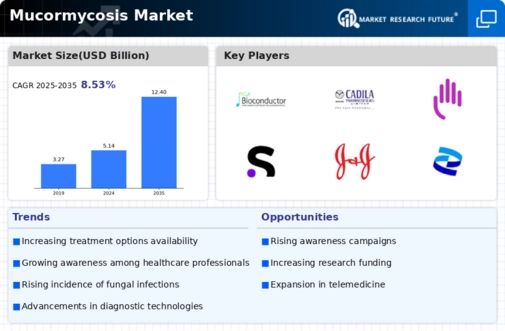
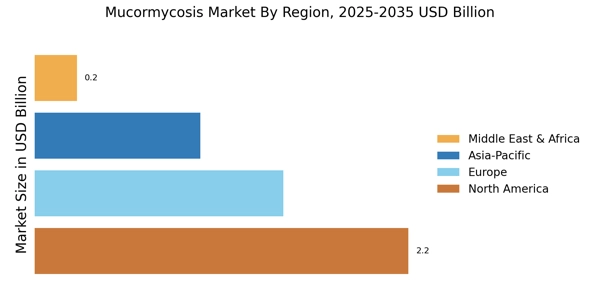
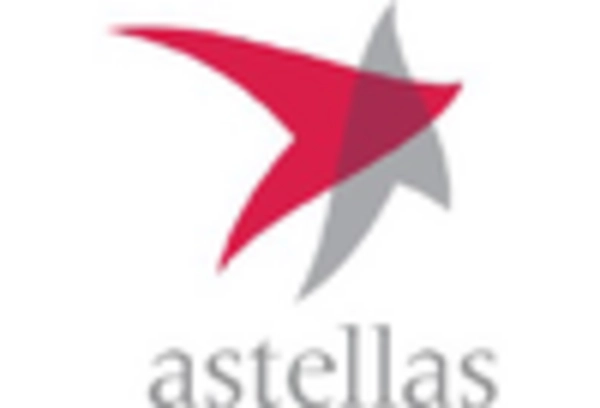
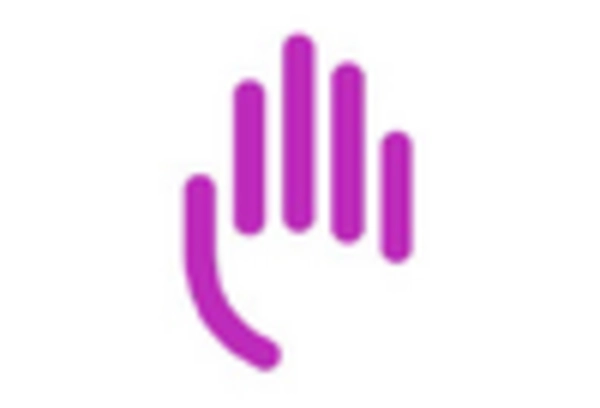
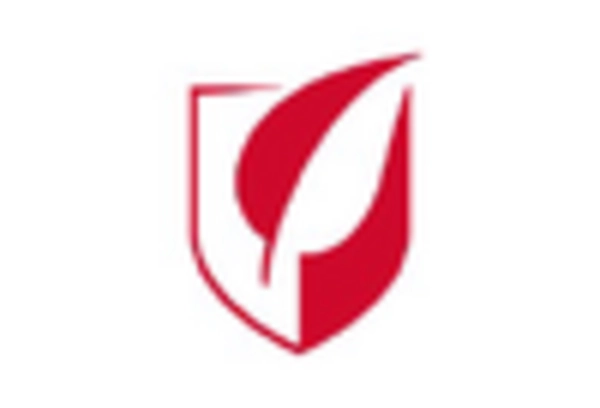
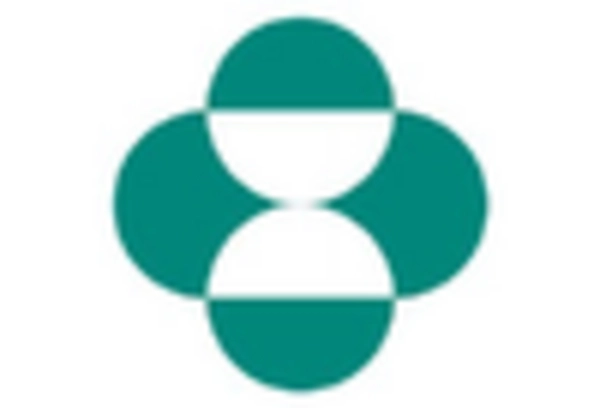
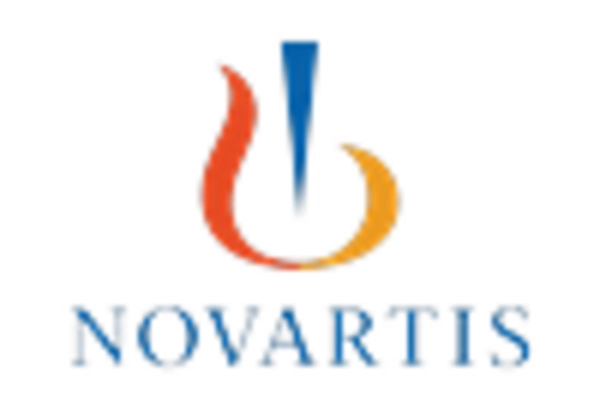
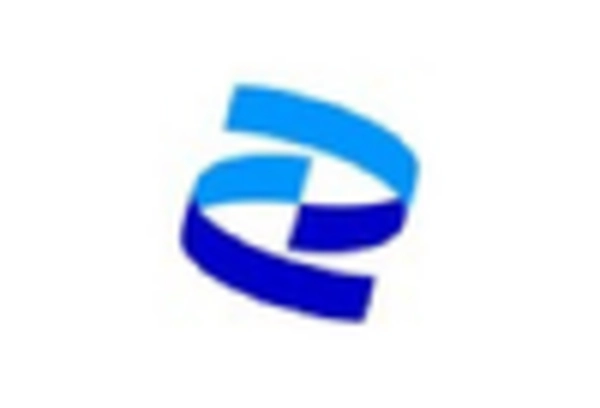








Leave a Comment